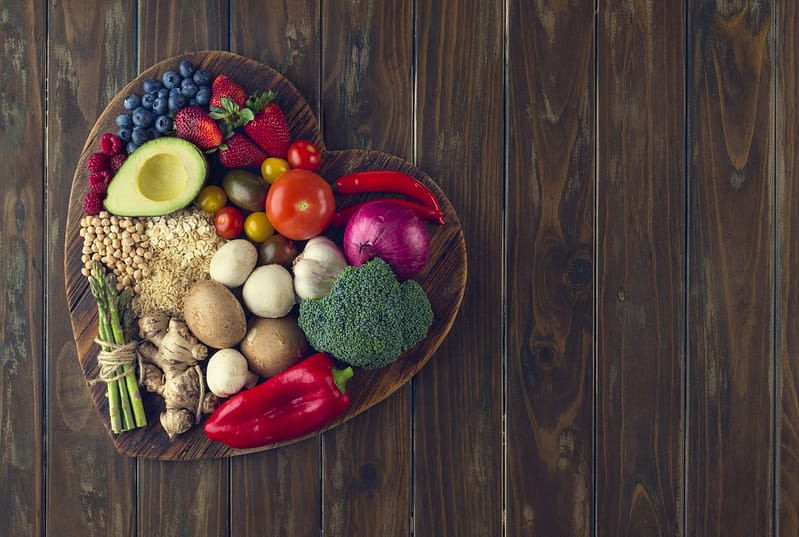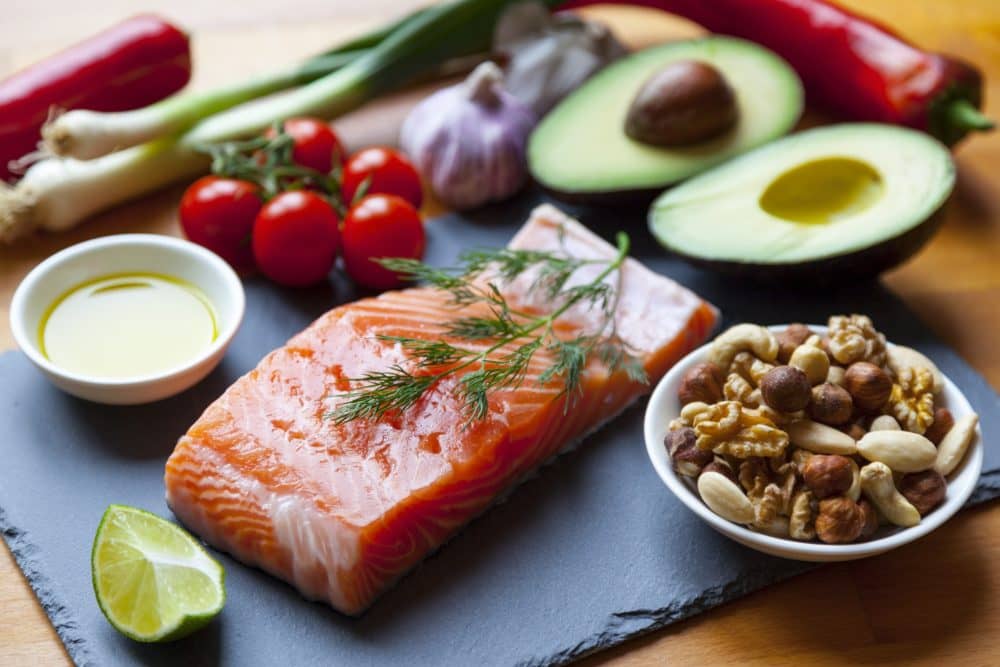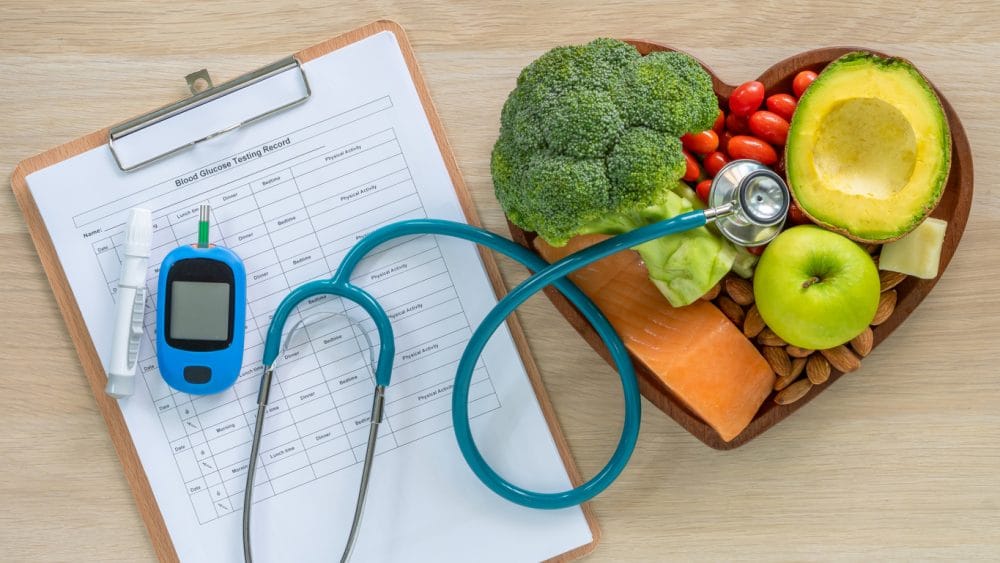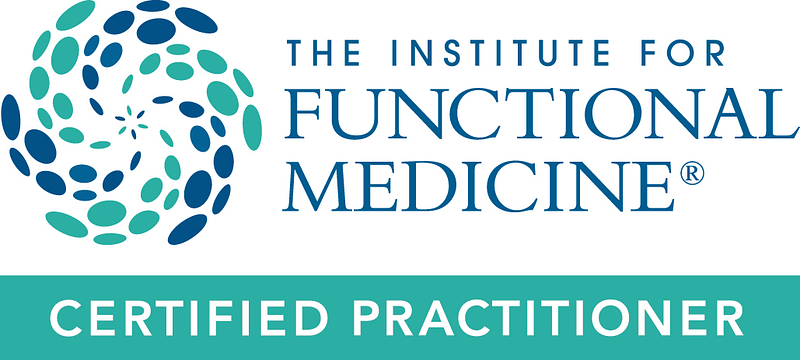The well-known admonition of mothers to their nutritionally-challenged, dessert-loving children, “Eat your vegetables,” likely still echoes in the psyche of many nutritionally-challenged, dessert-loving adults. Well, guess what? Mom was right. The guys in white lab coats have scientifically confirmed many times over what mothers always knew: vegetables are important for good health.
In January 2005, the U.S. Health and Human Services Department and the U.S. Department of Agriculture released the 2005 Dietary Guidelines complete with updated recommendations that vary based on a person’s age and activity level. The new guidelines call for increasing the number of daily servings of vegetables and fruits from 5-9 to 5-13 servings a day. (A serving is one-half cup if solid, or one cup if leafy.) Some speculate this increase is largely driven by the roles vegetables play in decreasing cancer risk.
A reported decrease of nutrient levels in commercially available vegetables in U.S. supermarkets certainly justifies more vegetable servings. Many of the vegetable nutrient levels published in 2000 were significantly less compared with 1963 levels. For example, the vitamin C level in bell peppers fell from 128 mg to 89 mg (a 31 percent decrease), while spinach lost 45 percent of its vitamin C. Nearly half of the calcium and vitamin A in broccoli apparently vanished. That southern staple of soul food, collards, has lost 61 percent of its vitamin A and 51 percent of its potassium. (Nutritional tables can be accessed online at www.usda.gov.)
Just how relevant is this decline of nutrient levels in food?
For starters, in 1992 a USDA report estimated that if everyone in the United States ate a diet supplying the recommended daily nutrients, cancer, respiratory diseases, and infectious diseases would decrease by 20 percent, heart and vascular diseases by 25 percent, and arthritis and infant and maternal deaths by 50 percent.
In a University of Minnesota study of 14,962 middle-aged adults, those who ate more servings of fruits and vegetables had a 41 percent to 53 percent decrease in the incidence of venous thromboembolism (clot) formation.
The American Journal of Clinical Nutrition published a study which found that men with the least amount of vitamin C (most abundant in fruits and vegetables) have a 62 percent increased risk of cancer.
The journal Nature published a study showing that onions (the food with the greatest amount of quercetin, a natural plant nutrient) slowed the loss of bone density, which can eventually result in osteoporosis. The vegetables arugula, broccoli, cucumbers, Chinese cabbage, red cabbage, dill, garlic, leeks, wild garlic, lettuce, parsley and tomatoes have also been shown to slow bone density loss.
Imbalances of the hormone estrogen increase the risk of cancer in both men and women. The risk can be offset by eating cruciferous vegetables such as broccoli, cauliflower, brussel sprouts, collards, kale, and kohlrabi, which contain compounds known as indole-3-carbinol (I3C) and diindolymethane (DIM). They are effective in shifting the metabolism of estradiol (the estrogen most associated with cancer risk) by reducing levels of “bad” estrogen metabolites and increasing levels of “good” estrogen metabolites, thus reducing the risk of prostate, cervical and breast cancers, among others.
Vegetables are the single best food source of minerals. Literally every biochemical process in the human body is dependent on minerals, a fact that makes mineral imbalances or deficiencies capable of undermining health in all organ systems.
The relatively sudden change in western culture from eating mostly organic, home-grown produce to eating primarily commercially-grown produce may be at least partially offset by year-round availability of fresh produce. However, for food to be transported across the nation (or planet) before it spoils, it must be picked before Mother Nature can ripen it naturally. In foods that are allowed to ripen on the vine, plant chemicals called flavonoids form. The media have recently brought one flavonoid, lycopene, to the attention of the public. Lycopene is found in red fruit and vegetables, most notably in tomatoes, and is especially beneficial to prostate function. While flavonoids function as sunscreens for plants, they protect those who eat them from DNA damage (which could otherwise result in cancer) and deterioration of brain cells, and also provide other health benefits.
Not allowing vegetables to ripen outdoors in the sun decreases plant levels of folic acid, precursors of vitamin A, and anthocyanins (chemicals that give mature plants their bright colors and are a source of life-sustaining, whole food antioxidants).
Vegetables also add high quality fiber that supports immune, digestive, and general health.
Maybe you have brought home produce that looks beautiful (huge, bright red strawberries, or off-season tomatoes and cantaloupes) only to discover it tastes like flannel. Such “food” may be hybridized to look appealing, is likely grown on artificially fertilized, depleted soil, and may even be genetically modified.
In America, where vegetables are considered a side dish (incidental to meat and grains), and little time is relegated to meal preparation, the average person is unlikely to get nutrients from vegetables in levels adequate to deter, much less treat, diseases of nutritional deficiency.
Though many people who eat organic produce do so for what they don’t get (chemical fertilizers, genetic modification, pesticides, antibiotics, herbicides, growth enhancers, etc.), sufficient data now provides motivation for eating organically for what is present: more nutrients.
A 2001 article in The Journal of Alternative and Complementary Medicine reviewed 41 published studies that compared the nutritional values of conventional and organic produce. According to the article, organic produce has 27 percent more vitamin C, 21 percent more iron, 29 percent more magnesium, and 14 percent more phosphorus than non-organic produce.
All is not perfect in organic-land. However, even when factoring in the politically-based lowering of organic standards, the difficulty monitoring compliance to standards, and unavoidable factors such as drift of airborne chemicals from stack emissions and agricultural sprays that indiscriminately affect all crops, eating organic produce still translates to lower toxin levels and higher nutrient levels. Eating organically grown food remains a healthier choice than eating food that is conventionally grown.
GSMC doctors have taken thousands of dietary histories and, though our “average patient” gets enough protein, fat, starch, and calories, inadequate intake of fresh vegetables is common.
Interpreting the current glut of dietary information and misinformation in the media becomes nearly impossible for the general public who wants valid, sound advice. Here’s some: Eat a minimum of five to seven servings of a wide variety of raw or cooked, fresh, organic vegetables daily, most of which are brightly colored. Moms everywhere would approve!













